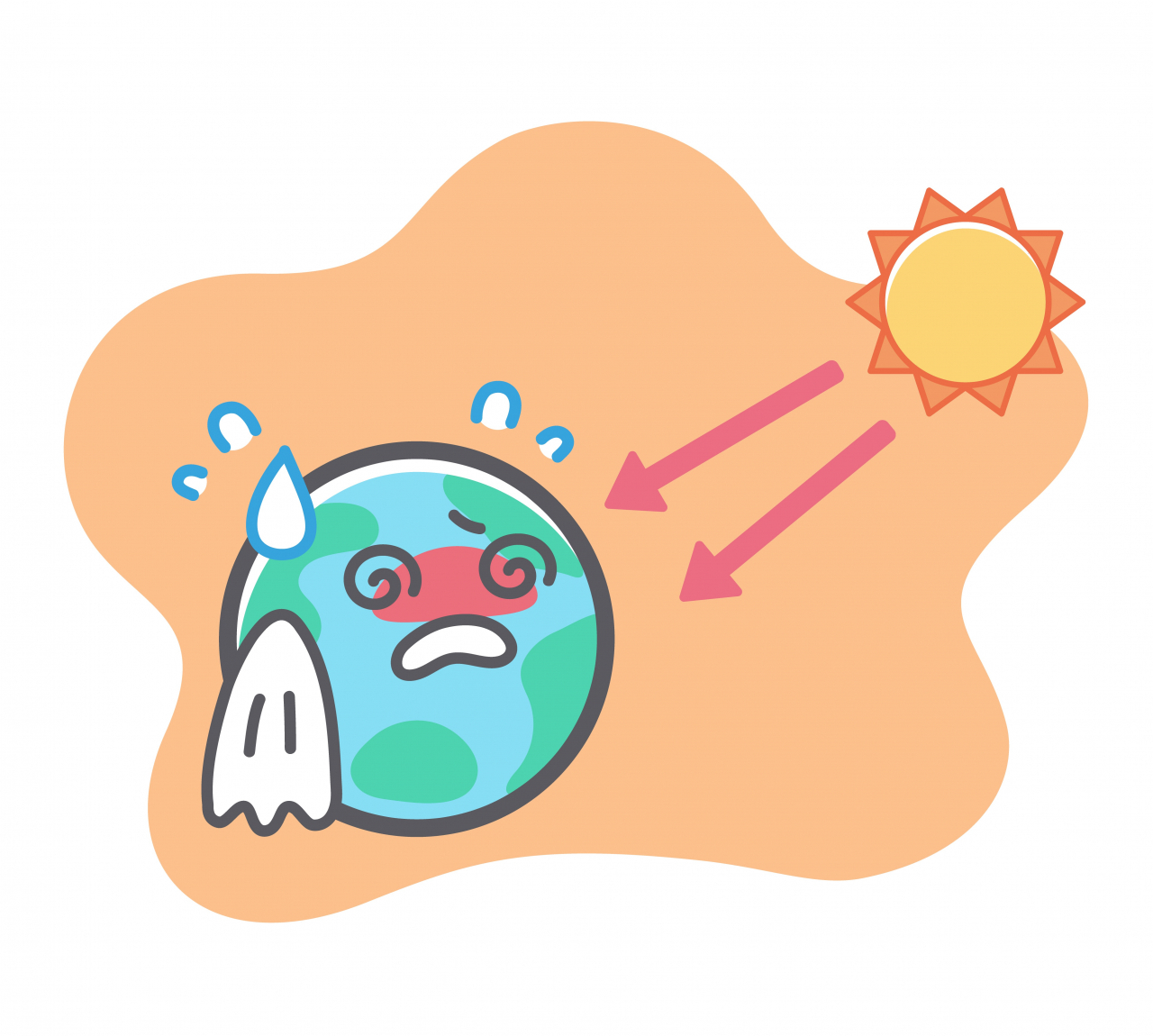2023 marks ‘hottest year on record’
S. Korea's average annual temperature was 13.7 C, surpassing previous record of 13.4 C in 2015
By Lee Jung-jooPublished : Jan. 3, 2024 - 14:52

The year 2023 was Korea's “hottest year on record,” according to the Korea Meteorological Administration on Wednesday.
South Korea’s average annual temperature was 13.7 degrees Celsius, the highest average annual temperature since 1973, when weather records were first collected by the administration, the KMA said.
The average annual temperature last year was 0.3 degrees higher than the previous record of 13.4 C in 2015.
According to the KMA’s data, between January to November 2023, there was not a single month in which Korea’s average annual temperatures were lower than temperatures in previous years. Six months in 2023 -- March, April, May, June, August and September -- recorded the highest average temperatures by month since 1973, with March and September recording the highest averages of 9.4 C and 22.6 C, respectively.
Apart from a weeklong cold snap between Dec. 16 and Dec. 25, December’s temperatures were also relatively warm compared to previous years. Some parts of Korea saw unusually warm temperatures on Dec. 8, such as Gunsan in North Jeolla Province, Gyeongju in North Gyeongsang Province and Busan, with average daytime temperatures reaching up to 20 C. This was also marked as the highest December temperature on record.

In spring, Korea was frequently affected by bouts of high pressure, bringing warm southern winds which resulted in higher temperatures. In March, temperatures were especially high as warm air was brought in from the Eurasian continent by westerly winds. As a result, the blooming times of spring flowers such as cherry blossoms and forsythias were abnormal.
Summer temperatures were also extremely high, due to hot and humid winds coming in from the edge of the North Pacific anticyclone and typhoon Khanun stalling in the East China Sea in August. The peninsula also saw warm temperatures in the fall due to high pressure systems that developed from China to Japan and due to the southwesterly winds that blew in as the North Pacific anticyclone expanded into the East China Sea.
While official analyses from major global organizations are yet to be released, Korea wasn’t the only country to face record-high temperatures in 2023.
According to the World Meteorological Organization’s document, “Provisional State of the Global Climate 2023,” from November 30, the WMO concluded that it is “virtually certain that 2023 will be the warmest year” during its 174-year observational record. The document states that the global mean near-surface temperature from January to October in 2023 was around 1.4 C, which surpassed the previous highest temperature recorded in 2016 at 1.29 C.







![[KH Explains] No more 'Michael' at Kakao Games](http://res.heraldm.com/phpwas/restmb_idxmake.php?idx=644&simg=/content/image/2024/04/28/20240428050183_0.jpg&u=20240428180321)

![[Weekender] How DDP emerged as an icon of Seoul](http://res.heraldm.com/phpwas/restmb_idxmake.php?idx=644&simg=/content/image/2024/04/25/20240425050915_0.jpg&u=)








![[Herald Interview] Mistakes turn into blessings in street performance, director says](http://res.heraldm.com/phpwas/restmb_idxmake.php?idx=652&simg=/content/image/2024/04/28/20240428050150_0.jpg&u=20240428174656)
